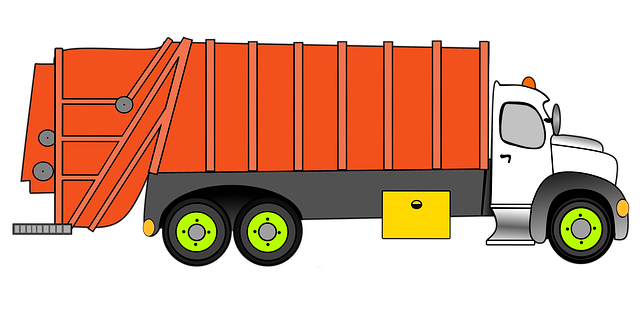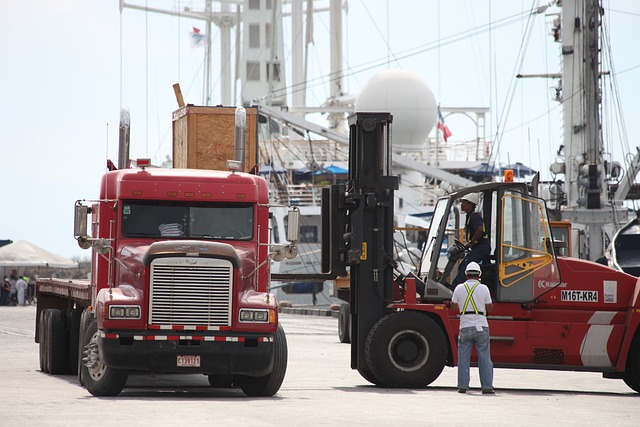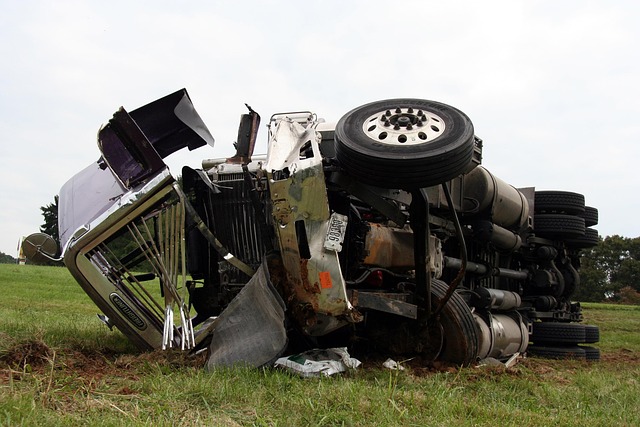Looking to register your car in California? This comprehensive guide walks you through every step, from understanding the process to choosing the right DMV service. We’ll break down the required documents and essential procedures like VIN verification. Learn how to navigate the California DMV efficiently and ensure a smooth registration experience. Key terms: vin verification, car registration, California DMV.
- Understanding the Registration Process
- Gather Required Documents
- VIN Verification: What It Entails
- Choosing a California Department of Motor Vehicles (DMV) Service Option
- Step-by-Step Registration Guide
Understanding the Registration Process

Understanding the Registration Process in California
Registering a car in California involves several steps, and one crucial aspect is the verification of the vehicle’s unique identifier—the Vehicle Identification Number (VIN). This process ensures that the car is authentic and helps prevent fraud. Before initiating the registration, it’s essential to undergo a VIN verification, which can be conveniently done through mobile vin verification services. These services send a specialized inspector to your location, eliminating the need for you to visit a DMV office.
A mobile vin verifier plays a vital role in this process by ensuring that the VIN on the vehicle matches the one provided by the manufacturer. This step is particularly important when buying a used car, as it helps verify ownership and history, which is critical for both safety and legal compliance. By combining traditional VIN inspection with mobile vin verification services, you can streamline the registration process, saving time and effort while ensuring a secure transaction.
Gather Required Documents

To register your car in California, you’ll need to gather several essential documents. The first step is ensuring your vehicle has passed a recent vin inspection. This involves verifying the Vehicle Identification Number (VIN), which can be done through a mobile vin verifier or at a designated location. You’ll need proof of this inspection along with other key paperwork.
Additional required documents include a valid driver’s license, proof of insurance, and evidence of ownership—typically a title or bill of sale. It’s crucial to double-check that all forms are filled out accurately and completely. Many of these documents can be submitted online, streamlining the registration process.
VIN Verification: What It Entails

When preparing to register your car in California, one crucial step is VIN verification. This process involves checking and confirming the accuracy and authenticity of the vehicle’s unique identification number (VIN). The VIN is a 17-character code that serves as a fingerprint for your car. It includes details like the make, model, year, and manufacturing location. During vin inspection, authorized personnel will examine this number to ensure it matches the vehicle’s documentation and doesn’t show any signs of tampering.
A mobile vin verifier can be used for convenient and efficient vin verification. These services allow you to check your VIN in real-time, often while you’re still at the registration center or even before you purchase a car. This modern approach streamlines the process by providing instant feedback, ensuring that both you and the California Department of Motor Vehicles (DMV) have accurate information, and helping to prevent fraud.
Choosing a California Department of Motor Vehicles (DMV) Service Option

When choosing a California Department of Motor Vehicles (DMV) service option for registering your car, consider your convenience and time availability. The DMV offers several methods, including in-person visits, mail-in applications, and online services. For those seeking flexibility and avoid long queues, a mobile vin verifier or service provider can be an excellent alternative. These professionals conduct a thorough vin inspection, ensuring all vehicle details are accurately verified before registration.
Opting for a mobile vin verification service is particularly beneficial when you have a busy schedule. They offer convenient appointments at your preferred location, whether it’s at home, work, or another suitable spot. This option streamlines the process by eliminating the need to travel to a DMV office and wait in line. With their expertise and specialized equipment, they can quickly validate your vehicle’s information, making car registration hassle-free and efficient.
Step-by-Step Registration Guide

Registering a car in California involves several steps to ensure everything is done correctly and legally. Here’s a step-by-step guide designed to make the process as straightforward as possible. First, gather all necessary documents including your vehicle’s registration certificate from the previous state, proof of insurance, and proof of ownership through a bill of sale or a title document. Next, visit the California Department of Motor Vehicles (DMV) website to initiate the registration process online, which includes submitting your Vehicle Identification Number (VIN) for vin verification.
Once you’ve confirmed your vehicle’s eligibility for registration, schedule a time for a mobile vin inspection if needed. A mobile vin verifier can provide on-site vin verification and help expedite the process. During the inspection, ensure all required documents are presented, including any applicable fees. With everything in order, submit your application and await processing. It’s important to remember that specific requirements may vary based on your vehicle type and personal circumstances, so always consult the official DMV resources for up-to-date information.
Registering a car in California involves several steps, from gathering essential documents to completing VIN verification. By understanding the process and choosing the right DMV service option, you can streamline the registration process efficiently. Remember to follow the step-by-step guide for a smooth experience. Once your vehicle passes the VIN verification, you’ll be on your way with a newly registered car in no time!
